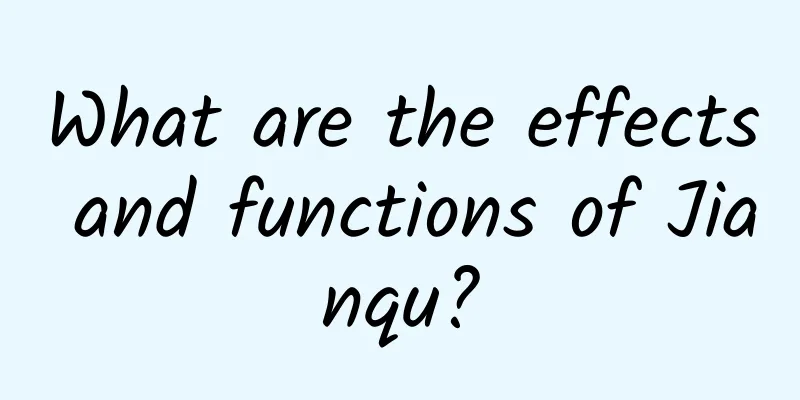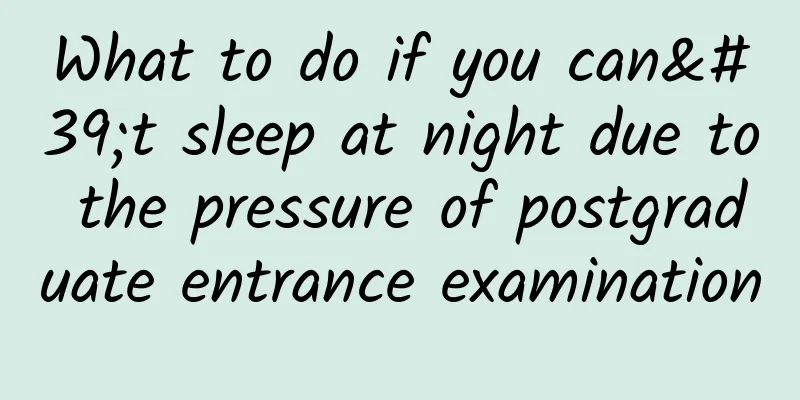Introduction to the hypothalamus and pituitary

|
We all know that the hypothalamus and pituitary gland are very important for our body functions. They mainly provide our body with some hormones needed by the body. Generally, the hypothalamus and pituitary gland can promote the secretion of thyroid hormones in our body. Their effects are relatively large. Therefore, when there is an abnormality in the hypothalamus or pituitary gland, we may develop diseases such as hyperthyroidism. I hope you will pay attention to this. The hypothalamus and pituitary gland form a complete neuroendocrine functional system. This system can be divided into two parts: ① Hypothalamic-adenohypophysial system. It is a neural and humoral connection, that is, the peptide neurons in the hypothalamic pituitary region secrete peptide neurohormones (releasing hormones and release-inhibiting hormones), which are transported to the adenohypophysis through the pituitary portal system to regulate the secretion of corresponding adenohypophysial hormones; ② Hypothalamic-neurohypophyseal system. There is a direct neural connection. The peptide neurohormones secreted by the neuroendocrine cells of the supraoptic nucleus and paraventricular nucleus of the hypothalamus can flow through the axons and directly reach the neurohypophysis and be stored there. Hypothalamus-neurohypophysis system The neurohypophysis is a nervous tissue, mainly composed of a large number of unmyelinated nerve fibers, neuroglia and pituitary cells evolved from the latter. The neurohypophysis is closely related to the hypothalamus both in structure and function. Nerve fibers from neurons in the supraoptic and paraventricular nuclei of the hypothalamus go directly to the neurohypophysis, called the hypothalamic-pituitary tract. Hormones (antidiuretic hormone and oxytocin) synthesized and secreted by neurons in the supraoptic nucleus and paraventricular nucleus are transported along this bundle to the neurohypophysis for storage and then released into the blood circulation when needed. Hormones and physiological effects The details of how the supraoptic nucleus and paraventricular nucleus synthesize vasopressin and oxytocin are not yet fully understood. It is generally believed that the supraoptic nucleus may mainly produce antidiuretic hormone, while the paraventricular nucleus may mainly produce oxytocin. Both vasopressin and oxytocin are small peptides composed of nine amino acids. Except for the two different amino acid residues at the 3rd and 8th positions, the molecular structures of these two hormones are basically the same, so there is overlap in their physiological effects. The article introduces the functions of the hypothalamus and pituitary gland in detail. I hope you can understand it well. Although we know relatively little about the functions of the hypothalamus and pituitary gland, and have no idea how to use them, this knowledge is of great help in regulating our body's endocrine system. |
<<: Causes of chest tightness, shortness of breath, chest pain
>>: Causes of chest tightness and shortness of breath at night
Recommend
How to prevent and treat cervical spondylosis
Cervical spondylosis should actually be called ce...
Side effects of Qingkailing granules
Side effects are indeed affected by the length of...
How to treat hernia? These three methods are the most effective
In clinical practice, once people are diagnosed w...
Where is the Mingmen acupoint?
Nowadays, people know that they should adopt Chin...
Why do I grind my teeth while sleeping at night?
Behaviors such as snoring and grinding teeth whil...
What are the symptoms of chronic pharyngitis
Common symptoms of chronic pharyngitis include dr...
Symptoms of dizziness caused by kidney deficiency, and methods of treating dizziness caused by kidney deficiency with traditional Chinese medicine
In the daily life of people with kidney deficienc...
Coarse salt hot compress method + 7 kinds of food to keep you away from joint pain!
Anyone who has had joint pain knows that it is ex...
How to remedy eating crabs during pregnancy
In daily life, crabs are a very popular seafood. ...
Can pregnant women eat venison?
During pregnancy, women should pay comprehensive ...
Are you shocked by the benefits of Chinese medicine foot bath?
We all know that soaking your feet before bed has...
What to do if you have bladder pain
Bladder distension and pain is generally a common...
Why does the baby have a fever and red bloodshot eyes?
When a baby has a fever, it is easy for red blood...
How to boil Chinese medicine correctly
At present, the basic theories of traditional Chi...
Functions and indications of hawthorn and lily
Hawthorn and lily are two common medicinal herbs....









